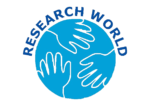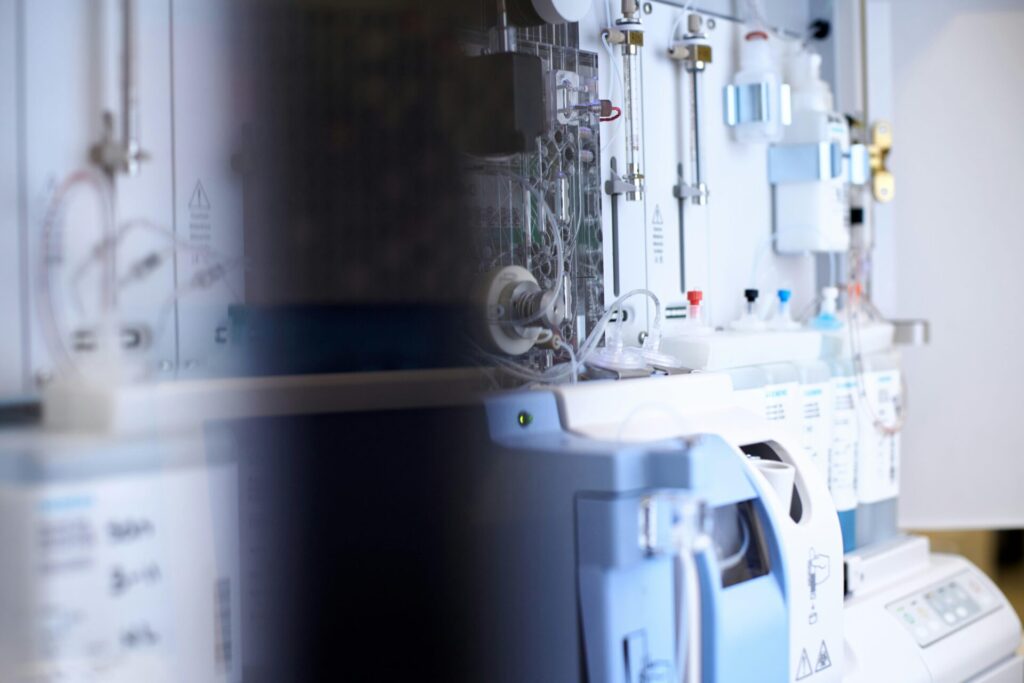Maintaining and calibrating laboratory instruments is crucial for ensuring accurate and reliable results, prolonging the lifespan of equipment, and optimizing laboratory efficiency. Here are some essential tips for maintaining and calibrating laboratory instruments:
- Follow Manufacturer’s Guidelines: Always refer to the manufacturer’s user manual and guidelines for specific maintenance and calibration procedures. Manufacturers provide detailed instructions tailored to each instrument, including recommended maintenance schedules and calibration intervals.
- Create a Maintenance Schedule: Develop a regular maintenance schedule for each instrument based on manufacturer recommendations and usage frequency. Schedule routine inspections, cleaning, and calibration to prevent equipment malfunctions and ensure consistent performance.
- Keep Instruments Clean: Clean laboratory instruments regularly to remove dust, debris, and contaminants that can affect accuracy and functionality. Use appropriate cleaning solutions, lint-free wipes, and brushes for delicate components. Avoid harsh chemicals that may damage instrument surfaces.
- Calibration Verification: Perform regular calibration verification checks using certified reference standards or calibration kits. Compare instrument readings with known standards to verify accuracy and detect any drift or deviation. Document calibration results and adjustments made during the process.
- Temperature and Environmental Controls: Maintain stable temperature and humidity levels in the laboratory to prevent fluctuations that can impact instrument performance. Use temperature-controlled storage areas for sensitive instruments and avoid exposure to extreme conditions.
- Check Instrument Settings: Periodically review and verify instrument settings, parameters, and software configurations to ensure they align with your testing protocols and standards. Make adjustments as needed and document any changes made.
- Replace Consumable Components: Replace consumable components such as filters, seals, gaskets, and electrodes according to manufacturer recommendations or when signs of wear and deterioration are observed. Regularly inspect and replace worn-out parts to prevent performance issues.
- Train Personnel: Provide training to laboratory staff on proper instrument handling, maintenance procedures, and calibration techniques. Ensure that personnel are familiar with safety protocols, troubleshooting methods, and reporting procedures for equipment maintenance.
- Document Maintenance Records: Maintain detailed records of maintenance activities, calibration results, repairs, and equipment history. Use a centralized system or logbook to track maintenance schedules, service dates, and any issues encountered during maintenance or calibration.
- Schedule Professional Service: Schedule periodic professional service and calibration by certified technicians or service providers. Professional servicing may include comprehensive inspections, adjustments, and performance validation to ensure instruments meet regulatory requirements and industry standards.
By implementing these tips for maintaining and calibrating laboratory instruments, you can enhance the accuracy, reliability, and longevity of your equipment, ultimately improving the quality of laboratory analyses and experiments.

